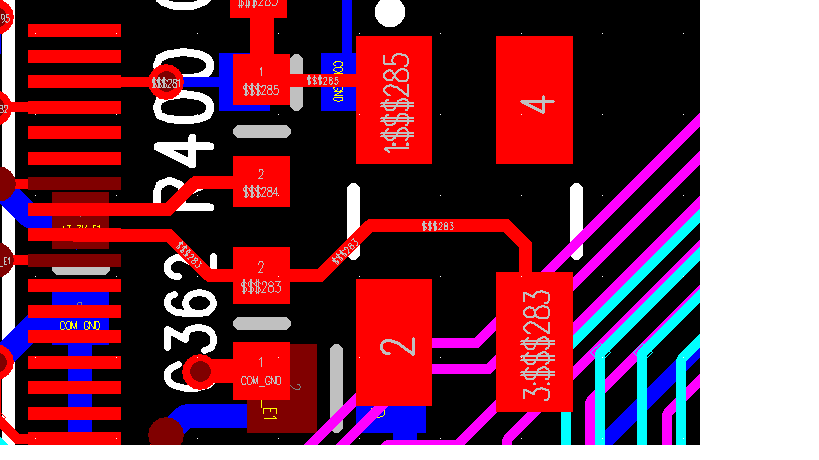dear all
We test the TM4C1294 board ,at beginning the interface of ethernet works well under normal temperature, but when the temperature goes under -30℃,the ethernet fails. I want to know why , the datasheet shows that TM4C1294 can work under -40℃。
Hope to get reply soon.


